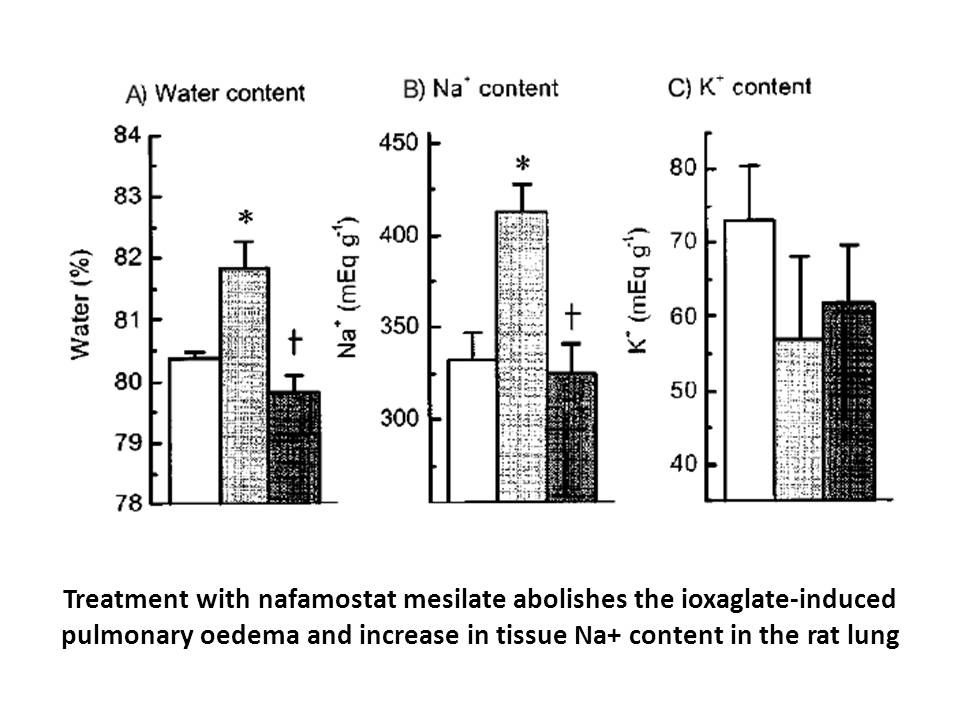Archives
Bran is a byproduct of
Bran is a byproduct of flour milling, typically utilized as a valuable component of animal feeds. Because of its attractive technological and health-promoting properties, it cisapride has also been increasingly used in food manufacturing as a source of dietary fiber. Indeed, with the growing interest in healthy nutrition, dietary fiber including as AX is becoming more and more popular in the food and feed industry. However, as compared to the more widely studied dietary fibers such as fructooligosaccharides, AX have not been researched extensively (Mendis and Simsek, 2014). As AX preparations contain beneficial hydroxycinnamic acids, and especially ferulic acid, they exhibit antioxidant activity. The extraction of arabinoxylans from bran may be regarded as a new method of utilizing this by-product. While Brewer et al. (2014) studied the relationship between bran fineness and its antioxidant activity, no authors to date have explored the effe cts of bran granularity on the yield and chemical composition of the extracted heteropolysaccharides (HPS).
cts of bran granularity on the yield and chemical composition of the extracted heteropolysaccharides (HPS).
Materials and methods
Results and discussion
Conclusions
The applied method of heteropolysaccharide isolation from rye and wheat bran led to preparations of suitable physicochemical properties, such as low protein content and a high concentration of antioxidant phytochemicals; the latter was found to depend on bran granularity and botanical origin. The study showed a significant effect of bran particle size on the antioxidant potential of the HPS isolated from it. The preparations derived from bran types containing a higher percentage of particles with a diameter of ≥315 μm exhibited superior antioxidant properties. Rye bran HPS contained more arabinoxylans than wheat bran HPS. Furthermore, the former preparations revealed higher antioxidant activity than their wheat counterparts, even though wheat bran HPS contained more polyphenols. This suggests that the structure of polyphenols has a greater effect on the antioxidant potential of HPS than their overall concentration. IC50 values were correlated with the content of ferulic acid, especially in its ester-bound form. The presented results suggest that research on the properties of various types of rye HPS should be continued.
Conflicts of interest
Compliance with ethics requirements
Funding sources
Introduction
Polyphenols are a widely distributed family of compounds in the vegetable kingdom and perform plant secondary metabolites functions, e.g., UV sunscreens, pigments, signal compounds, growth regulators, and defence mechanisms (phytoalexins, Lattanzio et al., 2009). Their biological activity includes anti-inflammatory, cardio protective, vasodilatory, anti-aging, anti-carcinogenic and anti-microbial properties (Xia et al., 2010, Dua et al., 2013, Cimino et al., 2012, Keerthi et al., 2014). Several studies report the antioxidant polyphenolic properties (Pulido et al., 2000, Noguer et al., 2014, Gülçin, 2006, Li et al., 2011) and their human health effect (Pereira et al., 2014). Jeong et al., 2011 studied an  Erigeron annuus buthanolic extract with an caffeic acid content, which showed neuroprotective and antioxidant effects on neuronal cells.
Coumarins (2H-1-benzopyran-2-one) are substances in seeds, roots and leaves of plants. Natural and synthetic coumarins have been applied in cosmetics (Abernethy, 1969, Ma et al., 2015), food additives (Wang et al., 2013), and agriculture (Lopes et al., 1995). These compounds have well-known biological activities such as anticoagulant, anti-inflammatory, antifungal, antitumors, hepato-protective, ulcerogenic, anti-HIV and an interesting antioxidant activity (Asif, 2014, Kale and Patwardhan, 2014, Jayashree et al., 2014, Kostova, 2006, Kim et al., 2008, Payá et al., 1992, Payá and Hoult, 1996). Regarding the latter property, Payá et al., 1994, studied a mono and dihydroxylated coumarin series towards reactive oxygen species (ROS). They found that simple ortho hydroxyl derivatives are radical inhibitors in the lipid peroxidation process. The authors also observed that dihydroxy coumarins could scavenge superoxide in human leucocytes. This topic is interesting because several pathologies such as hypertension, atherosclerosis, diabetes mellitus, cardiovascular pathologies and others are closely linked to the cell redox imbalance (Valko et al., 2007).
Erigeron annuus buthanolic extract with an caffeic acid content, which showed neuroprotective and antioxidant effects on neuronal cells.
Coumarins (2H-1-benzopyran-2-one) are substances in seeds, roots and leaves of plants. Natural and synthetic coumarins have been applied in cosmetics (Abernethy, 1969, Ma et al., 2015), food additives (Wang et al., 2013), and agriculture (Lopes et al., 1995). These compounds have well-known biological activities such as anticoagulant, anti-inflammatory, antifungal, antitumors, hepato-protective, ulcerogenic, anti-HIV and an interesting antioxidant activity (Asif, 2014, Kale and Patwardhan, 2014, Jayashree et al., 2014, Kostova, 2006, Kim et al., 2008, Payá et al., 1992, Payá and Hoult, 1996). Regarding the latter property, Payá et al., 1994, studied a mono and dihydroxylated coumarin series towards reactive oxygen species (ROS). They found that simple ortho hydroxyl derivatives are radical inhibitors in the lipid peroxidation process. The authors also observed that dihydroxy coumarins could scavenge superoxide in human leucocytes. This topic is interesting because several pathologies such as hypertension, atherosclerosis, diabetes mellitus, cardiovascular pathologies and others are closely linked to the cell redox imbalance (Valko et al., 2007).